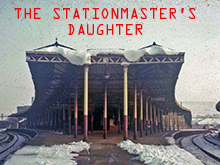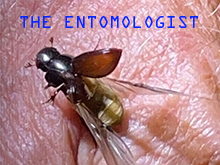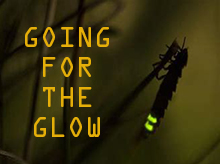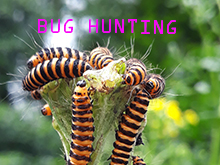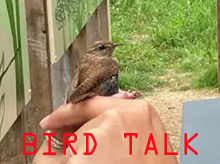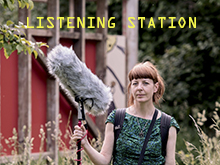The Listening Station: An Interview with Fiona from Feral Practice
Can you tell me a little bit about yourself?
My name is Fiona MacDonald, I work as an artist with humans and nonhumans to create art projects that develop imaginative connection across species boundaries. The name Feral Practice allows me to take a step away from ‘Fiona the human’, and foregrounds how the work emerges collectively, in conversation with others and in response to place.
Often people set up a divide between human and nonhuman being, and between different
categories of knowledge and understanding. Feral Practice aims to converse across these
barriers. I am interested in how we might meet creatures differently, and imagine the world
from their perspective.
I’m especially interested by participations and interactions with creatures that we don’t
immediately think of as being clever or powerful, like insects, or fungi. For example I have a long-term project working with wood ants. And the way I work is often quite hands on – spending considerable time slowly exploring a space – but also bringing together different voices and experiences. That might mean drawing on science and history, or it might about talking directly with local people.
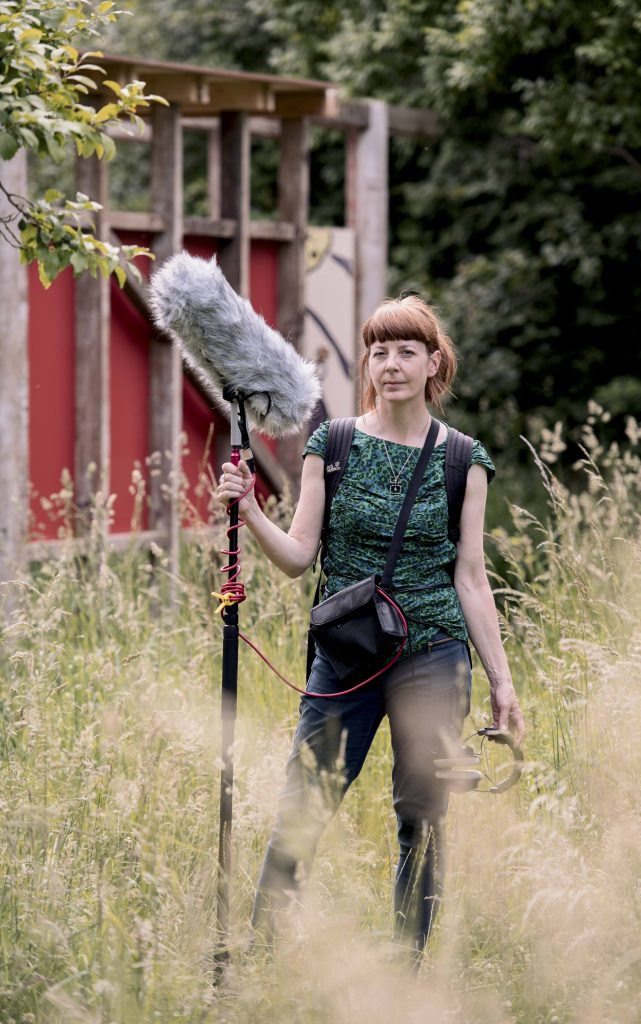
The Listening Station
Click on the below images to hear local people talk to Feral Practice about the many lives and histories of the Old Mangotsfield Station.
‘Listening Station’ brings the 7 short pieces together for a longer listen.
Recording took place on site in 2022.
What is it that you are creating? Why did you choose Mangotsfield Railway Station?
I was invited by the curator Suzanne Heath to come and work here at Mangotsfield. Suzanne conceived the wider project with the architects Artel 31, and together they are commissioning and working with several artists and makers on different projects, as well as building the folly structure itself.
It was a very open brief for my commission – to spend time here, respond to the place, and produce a piece of work from that. Suzanne saw that my artistic approach, which brings human and nonhuman experience into new kinds of relationship, could open up something about the more than human sphere at old Mangotsfield Station. The cycle path is an important wildlife corridor, as well as being a precious non-motorised travel route for humans.
Suzanne had seen my previous work Ask Somerset’s Plants which is a set of walk and talk podcasts commissioned by Somerset Art Weeks in 2019. We visited plants across Somerset to seek answers to questions that Somerset audiences posed about their lives and about human society. Seeing the solutions that plants find to the problems of life offers unusual perspectives from which to address entrenched human issues. http://www.askthewild.net/asp/
During my first site visit in April I was really struck by the station itself as this peaceful, slightly eerie space, that feels a little out of step. Either side of the station there is lots of motion – people running and cycling and walking dogs, but up on the triangle of the platform people pause. Some are alone, quietly taking some time for themselves, and others meet friends here or stop with their group for a chat, perhaps a picnic. Spatially the station is a ‘pause’ too – the cycle paths expand and split, and between them arises this triangle. That got me thinking about journeys and pauses, meetings and partings, for human and nonhuman beings.
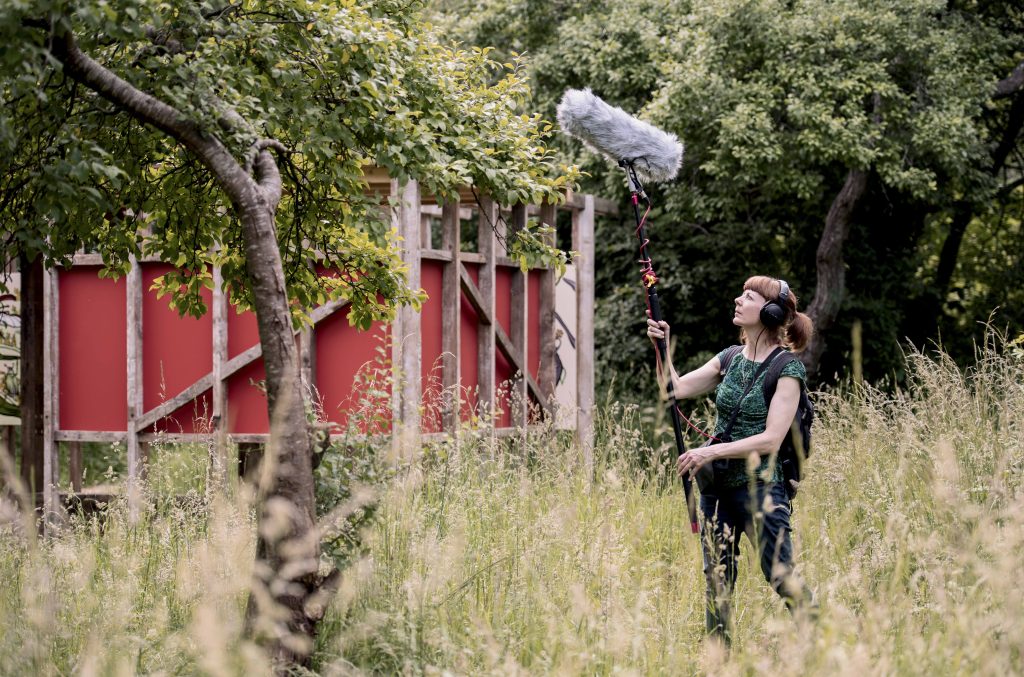
What inspired you to create this audio documentary? Can you explain what you are trying to capture?
I am a very visually dominated person, and I’m not alone in that, ours a very fast paced and
visual culture. Listening puts me into a different frame of mind, one is definitely more
contemplative. And that linked to my experience of Mangotsfield as a place to pause.
I visited for the first time in April, and the place was full of birdsong. We hear far more birds
than we can see, and their singing makes us aware of all this busy activity surrounding us,
that normally we don’t really tune into, in our busy everyday lives.
So I started to imagine the lives of the people around me, where they were going and where
they were coming from, who they were meeting and why, what their history with this place is,
and I also started to imagine similar kinds of things about the birds – their family life, their
daily journeys, their everyday challenges.
I also read about the glow worms who used to live at Mangotsfield station, there are signs up on the lamp posts about turning the lights off on summer nights to let the glow worms find one another and mate. So this picture was emerging about the entwined worlds of different kinds of creatures and people who visit and even perhaps live in the station and along the edges of the cycle path. And an audio drama is a great way to explore this storied world.
The old Mangotsfield Station was built for travel. The theme of meetings and partings, arrivals and departures lends itself to thinking across species boundaries. It includes for example the movement and nesting habits of birds, and how breeding pairs reconnect after time spent apart. While modern humans use Satnav and timetables, birds navigate by the sun, the stars, and the earth’s magnetic field. Rooted species borrow the wind and the wings of other species, evolving fascinating strategies including mimicry and narcotics to tempt insects into helping them find a mate.
The theme of arrivals and departures also evokes the losses and gains of species that Avon has experienced due to climate change, habitat loss and other factors. Until recently, the old station was illuminated on summer nights by the magical greenish love-lights of glowworms.
So focused are adult glowworms on meeting a mate that they never eat. While this is a strategy humans cannot emulate, we can all empathise with the excitement of love that makes our appetites temporarily disappear.
In June I spent a week here, and met up with naturalists to learn more about the birds and insects, and discover more about the natural history of glow worms. But mostly I spoke to local people – some came especially to talk to me after seeing posters about Listening Station, others stopped here for a rest. A few were on holiday, and one group were on a Duke of Edinburgh expedition. But most people were regular visitors to the station, and it was part of their weekly habit of leisure activity or a pause on their commute. And I learned so much about what the station meant in different people’s lives, people of all ages and backgrounds. I learned about the history of the station and how important it was for the area in the past, but also what an immense benefit it provides as a place without cars or trains.
I am still at the beginning of crafting what I have recorded. I have another exploratory week here in August, and then I will edit the recordings of my conversations together with fictional elements and field sound recordings to create the site-specific audio drama. I have a few plot lines in mind but I can’t talk about those!
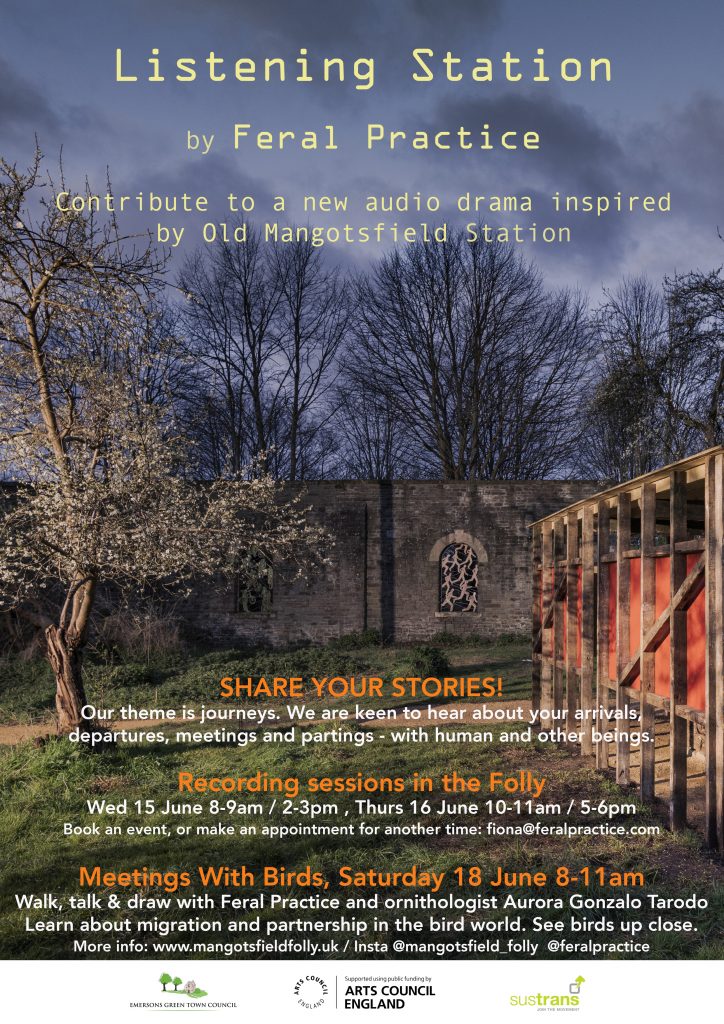
How will you share your work once it’s completed? And when are you aiming to finish the project?
The piece will be shared as an event at Mangotsfield Folly and as a podcast that you can
download or stream online.
That is still to be confirmed, but in the Autumn.
What are you trying to achieve from making this audio documentary/what are your goals?
To enrich people’s enjoyment and imaginative experience of this special place. I’d love the
work to inspire people to get excited about all the different kinds of lives being here,
alongside and entwined with their own.
‘Biodiversity’ usually describes the density and diversity of other-than-human species in a place, while ‘community’ refers to human neighbourliness. I’d like to mix these two ideas up, so that all kinds of beings get appreciated as neighbours, nurturing a sense of multispecies community.
